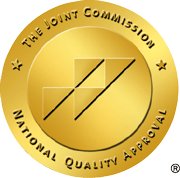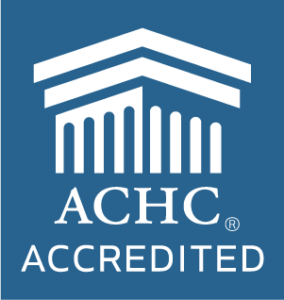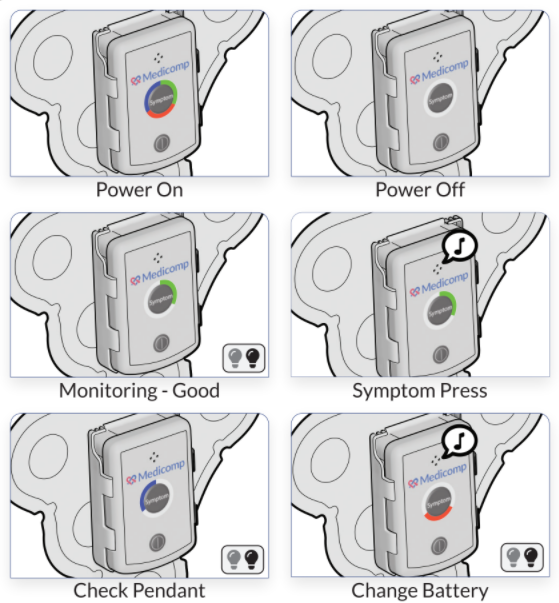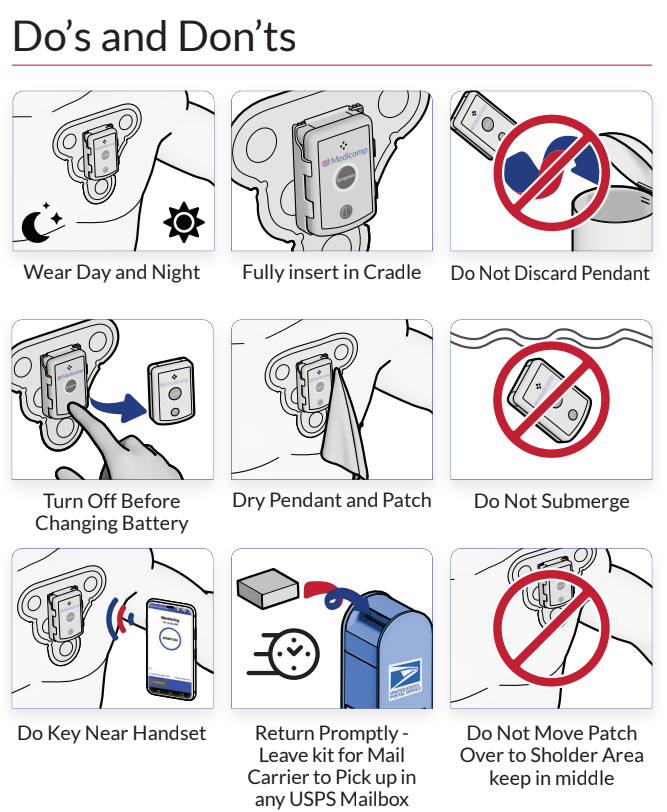ReactDx, makers of state-of-the-art mobile cardiac monitors, is sharing preventative stroke findings from a recent investigation that was conducted by doctors Ying Xian, Emily C. O’Brien, and Li Liang and published in The JAMA Network. The study found that 84 percent of the 94,474 patients who had a history of atrial fibrillation that had an ischemic stroke failed to receive the appropriate anticoagulation treatments following the stroke.
Although there were participants who were actively taking Warfarin before they had a stroke, the dosage among 64 percent of the patients was not at a therapeutic level. Others were not able to take anticoagulants due to their additional medical conditions. However, Dr. Ying Xian pointed out that antiplatelet therapy could have be used instead.
Since the study received its data from the American Heart Association’s Get With the Guidelines Stroke Registry, they did not have access to information that explained why the patients were not receiving adequate therapy. The National Center for Biotechnology Information does, however, list the many different published stroke guidelines as one of the main reasons proper measures aren’t always taken after a stroke. When quality measures differ from guide to guide, there is no uniform procedure put in place for physicians to follow.
The results of the study concluded that individuals who are treated with either an anticoagulation drug like Warfarin or one of the non–vitamin K antagonist oral anticoagulants (NOACs) not only reduced their risks of in-hospital mortality, but also experienced less severe strokes. The Center for Disease Control and Prevention agrees with these findings. They report that antithrombotic therapy is best prescribed upon discharge from the hospital if the patient suffered an acute ischemic stroke and Warfarin is best if the stroke was caused by either a mechanical heart valve or an atrial fibrillation.
Since The American Heart Association reports that 795,000 people have a stroke each year with 128,978 of these causing deaths, it is important to implement every preventative measure possible. For more information on how mobile cardiac monitors can be used for optimal cardiovascular health, call ReactDx at 800-234-3278 or read our News & Updates page.



